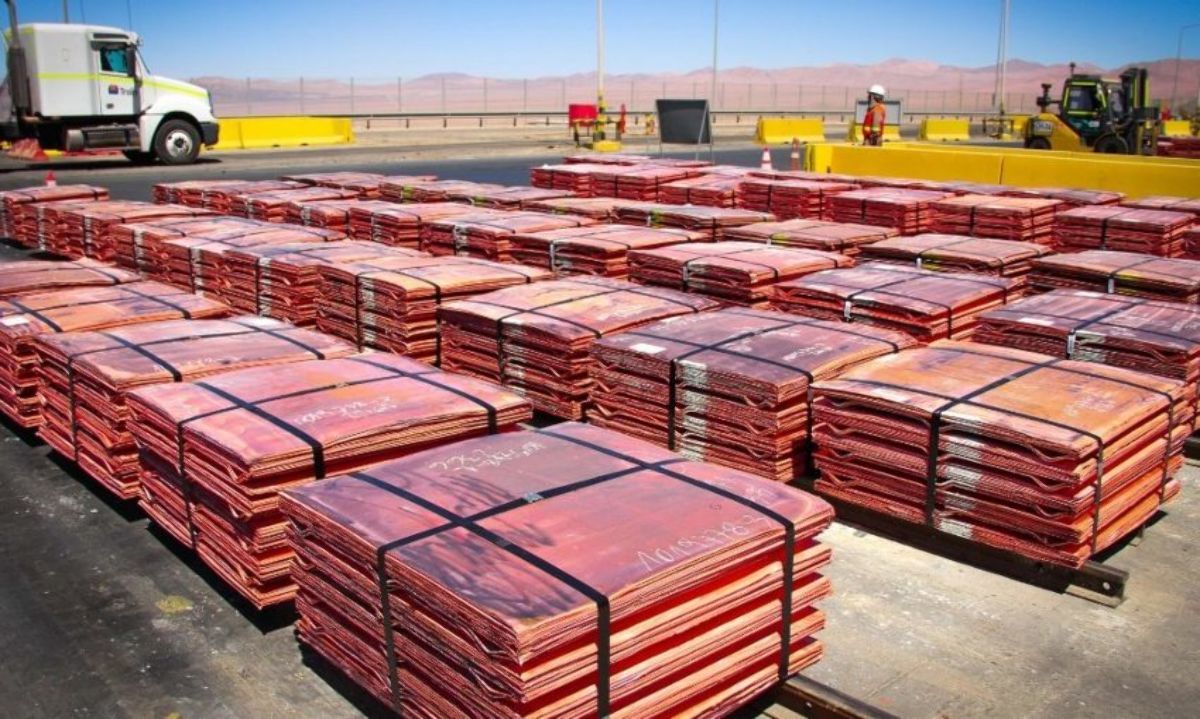
The price of copper has experienced a notable decrease, largely attributed to the release of unfavorable economic data regarding manufacturing activity in China.
On Tuesday, copper prices experienced a setback, influenced by the decline in industrial indicators in China, which is the main consumer of metals, as well as by the strengthening of the US dollar. This situation occurs in the context of a reduction in expectations for interest rate cuts in the United States.
At the London Metal Exchange (LME), the price of copper for three months recorded a decline of 1.1%, reaching 9,470 dollars per metric ton at 1020 GMT.
The robust surge in copper prices drove a nearly 20% increase in LME prices over the two months leading up to Monday, when it reached $9,640.50 per ton, its highest level since June 2022.
Data from Tuesday revealed that Chinese industrial production grew by 4.5% year-on-year in March, slowing down from the 7.0% pace observed in January-February and falling well below analysts' expectations of 6%.
March retail sales also fell short of expectations, despite the economy as a whole growing faster than anticipated in the first quarter.
The dollar reached five-month highs after better-than-expected retail sales figures in the United States raised further doubts about when the Federal Reserve might begin cutting interest rates. A stronger dollar makes metals priced in that currency more expensive for buyers using other currencies.
Aluminum on the London Metal Exchange (LME) fell by 0.5% to $2,543 per ton from the 22-month highs reached on Monday, after the United States and the United Kingdom banned the LME and CME from accepting new Russian metal production.
Among other base metals, nickel on the LME, which had also risen due to sanctions, declined by 0.3% to $17,795, zinc fell by 2.2% to $2,714.50, lead dropped by 0.3% to $2,178, while tin edged up by 0.1% to $32,260.




